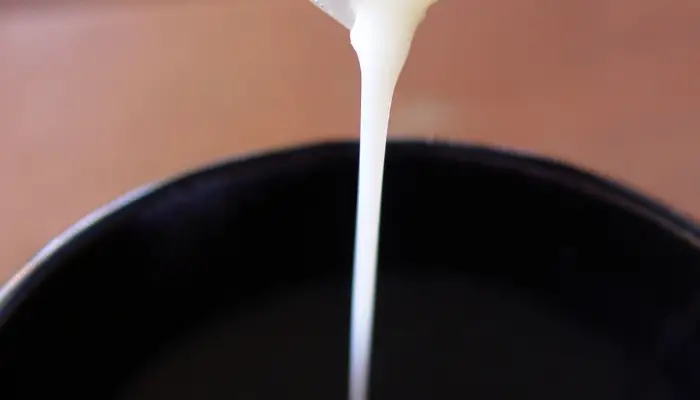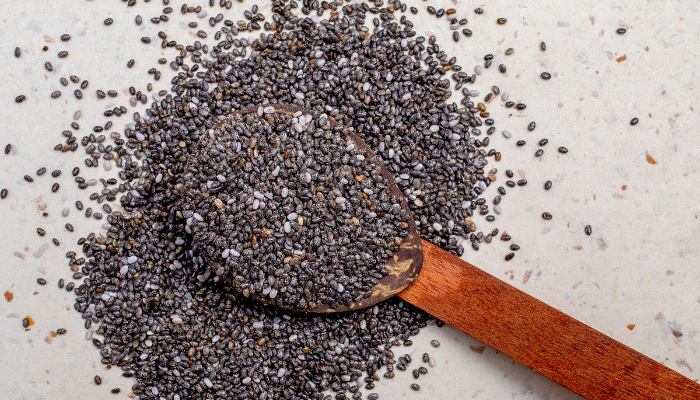How Many Calories Are in a Cup of Skim Milk?
Skim milk, also known as fat-free or nonfat milk, is a popular choice for people who want to reduce their intake of saturated fat and calories. But how many calories are actually in a cup of skim milk? And what are the benefits and drawbacks of drinking skim milk? In this blog post, we will answer these questions and more.
Calories in Skim Milk

According to the USDA, one cup (245 grams) of skim milk contains 86 calories, 0.4 grams of fat, 12 grams of carbohydrates, and 8.4 grams of protein. Skim milk has the same amount of protein and carbohydrates as whole milk, but it has almost no fat. Skim milk also has fewer calories than whole milk, which has 149 calories per cup.
Skim milk is fortified with vitamin A and vitamin D, which are fat-soluble vitamins that are lost when the fat is removed from the milk. One cup of skim milk provides 38% of the daily value (DV) for vitamin A and 14% of the DV for vitamin D. Skim milk is also a good source of calcium, providing 39% of the DV per cup. Calcium is essential for bone health, muscle contraction, and nerve function.
Benefits of Skim Milk
Skim milk has several benefits for health and weight management. Some of the benefits are:
Skim milk can help lower blood pressure and cholesterol levels, as it has less saturated fat and sodium than whole milk. Saturated fat and sodium can increase the risk of cardiovascular diseases, such as heart attack and stroke.
Skim milk can help prevent osteoporosis, as it has more calcium and vitamin D than whole milk. Calcium and vitamin D are important for maintaining bone density and preventing fractures.
Skim milk can help control appetite and weight, as it has fewer calories and more protein than whole milk. Protein can help increase satiety and reduce hunger, which can lead to lower calorie intake and weight loss.
Drawbacks of Skim Milk
Skim milk also has some drawbacks that should be considered before choosing it over whole milk. Some of the drawbacks are:
Skim milk can have a watery and bland taste, as it has less fat and flavor than whole milk. Some people may not enjoy the taste of skim milk or find it satisfying.
Skim milk can have added sugar, as some brands may add sugar or artificial sweeteners to improve the taste of skim milk. Sugar can add extra calories and carbohydrates to skim milk, which can negate some of its benefits.
Skim milk can have less bioavailability of fat-soluble vitamins as it has less fat to help absorb vitamin A and vitamin D. Fat-soluble vitamins need fat to be properly absorbed and utilized by the body. Skim milk may not provide enough fat to ensure optimal absorption of these vitamins.
Conclusion
Skim milk is a low-calorie, low-fat, and high-protein dairy product that can have several benefits for health and weight management. However, skim milk also has some drawbacks, such as a watery taste, added sugar, and less bioavailability of fat-soluble vitamins. Therefore, skim milk may not be the best choice for everyone. The decision to drink skim milk or whole milk depends on personal preference, dietary needs, and health goals.








